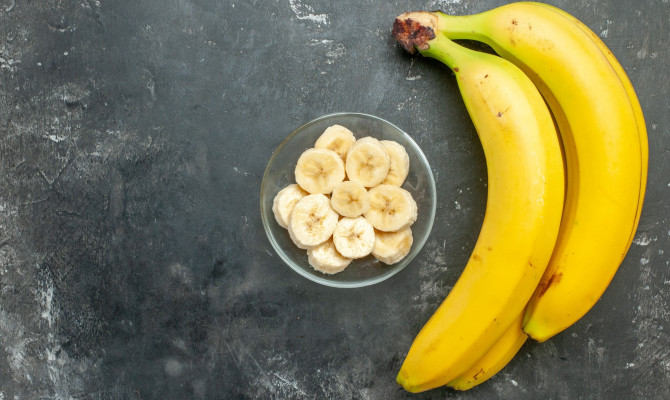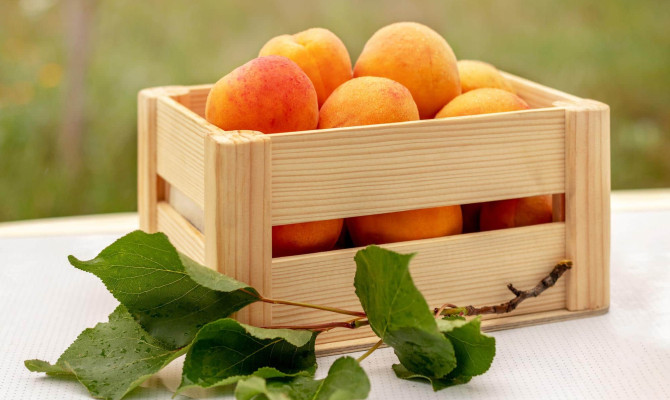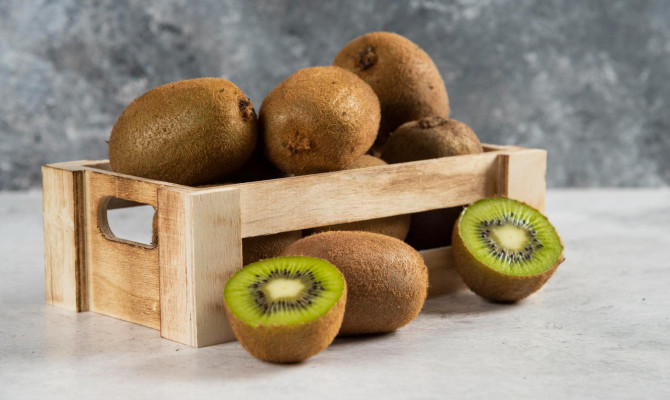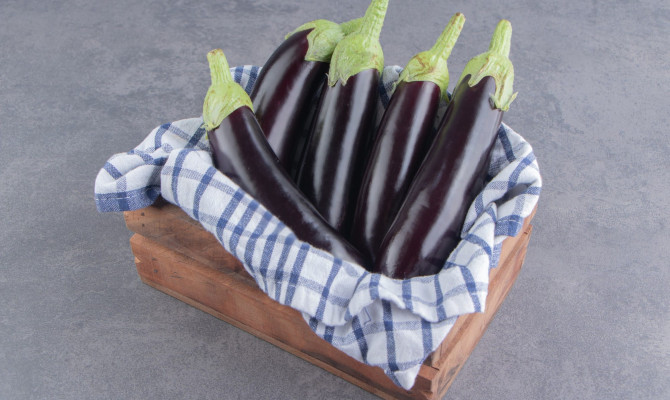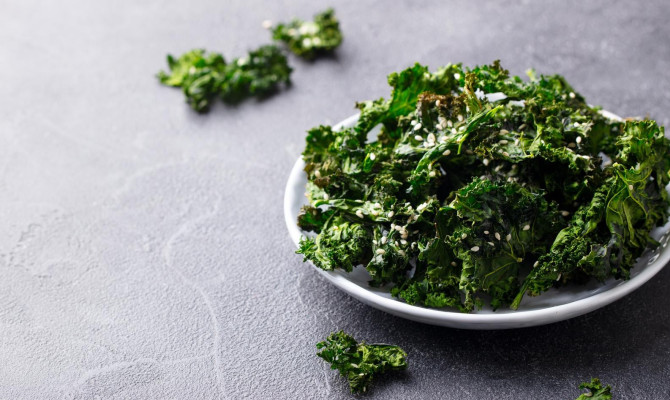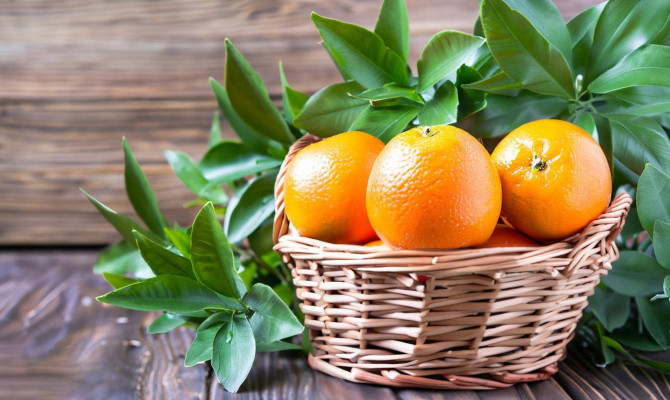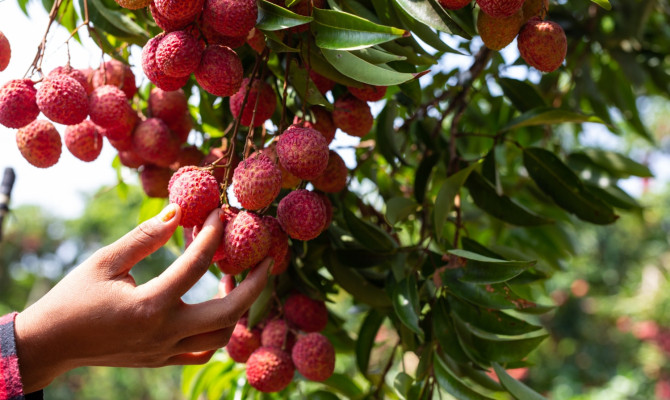Crookneck squash and its Health benefits

- Crookneck Squash
- 17 Aug 2023
Overview
What is Crookneck squash?
Crookneck squash is a variation of the Cucurbita pepo squash, sometimes called yellow squash or summer squash. This common variety has sensitive, edible skin because it is harvested when it is still juvenile. Its name comes from its unusual form, which includes a bent or curled rock.
It belongs to the Cucurbitaceae family, which also includes popular squashes like pumpkins and gourds.
This article will examine its traits, nutritional advantages, and culinary applications.
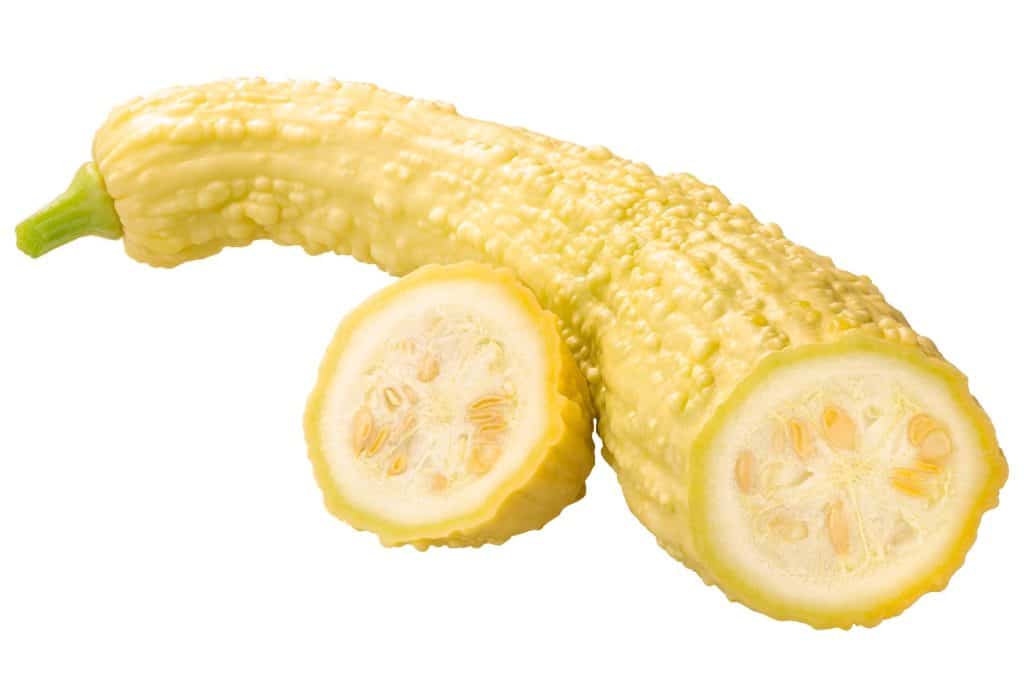
Health benefits
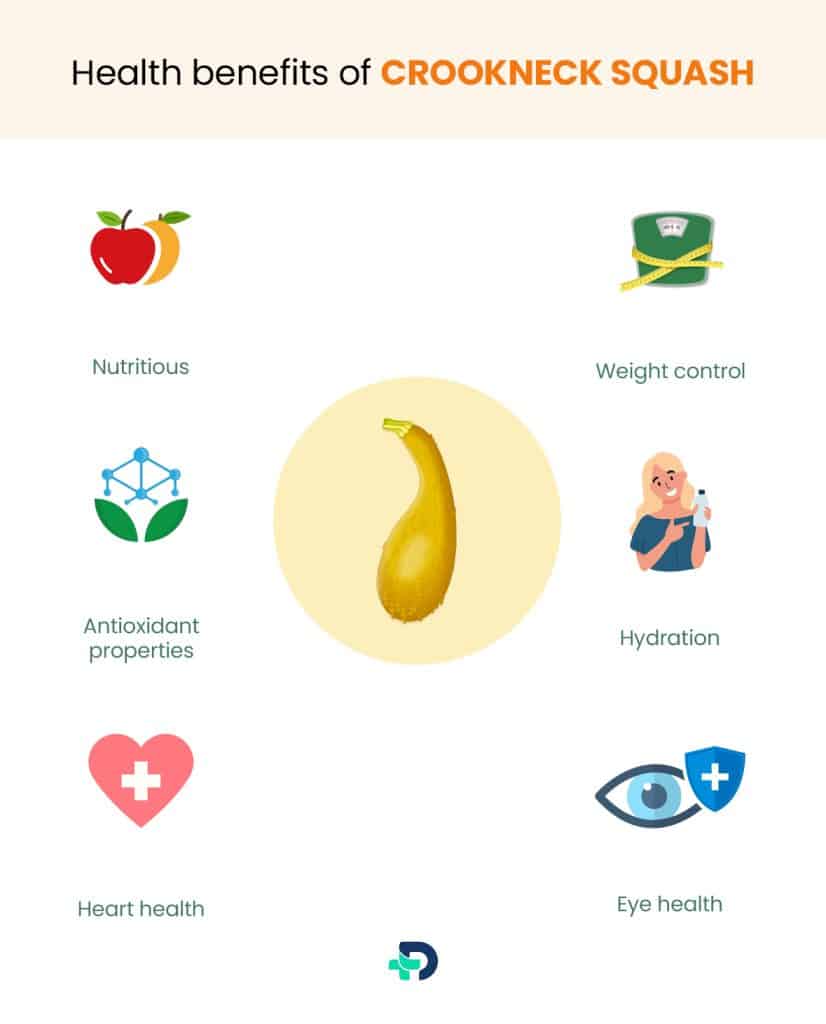
Health benefits of Crookneck squash
- Provides Nutrients
- Gives goodness of antioxidants
- Helps in Weight management
- Hydrates body
- Manages Heart health
- Good for Eye Health
It gives your food a flavor boost and has several health benefits. The following are some noteworthy health advantages of eating crookneck squash:
Nutritious
- It contains a lot of important vitamins and minerals. It is an excellent source of vitamins A and C, which support healthy skin, immune system function, and eye health. It also provides dietary fiber, potassium, magnesium, and vitamin B6, all essential for good health.
Antioxidant properties
- It includes antioxidants that support the body’s defenses against oxidative stress and cell damage from free radicals, just like other vibrant fruits and vegetables.
- Antioxidants like beta carotene and vitamin C can lower the chance of developing chronic illnesses like heart disease and some types of cancer.
Weight control
- Although it is low in calories and fat, it is high in nutritious fiber. Crookneck squash is a beneficial addition to any weight management or weight loss plan since it can make you feel satiated for longer after eating. Additionally, supporting a healthy digestive system is its fiber content.
Hydration
- It keeps you hydrated because of its high water content. Maintaining optimally healthy skin, controlling body temperature, and supporting cardiovascular health depend on staying hydrated.
Heart health
- Crookneck squash has dietary fiber, potassium, and antioxidants supporting heart health. Dietary fiber helps to decrease cholesterol levels, whilst potassium helps to maintain healthy blood pressure levels.
- Antioxidants prevent the onset of heart disease by reducing oxidative stress and inflammation.
Eye health
- The fruit has a brilliant yellow color because of its high beta-carotene concentration, which the body converts into vitamin A, necessary for maintaining excellent vision and boosting eye health.
- Regular ingestion can enhance general eye health and help prevent age-related macular degeneration.1Health benefits| Researched based study from Nlm.nih.gov ,2Health benefits| Researched based study from Nlm.nih.gov
Nutritional Value
Nutritional value of Crookneck squash
Crookneck squash has the following overall nutritional profile per 100 grams (3.5 ounces):
- Calories: 16
- Carbohydrates: 3.6 grams
- Fiber: 1.1 grams
- Protein: 1.1 grams
- Fat: 0.2 grams
- Vitamin C: 19 milligrams (32% of the daily value)
- Vitamin A: 38 micrograms (4% of the daily value)
- Folate: 24 micrograms (6% of the daily value)
- Potassium: 261 milligrams (7% of the daily value)
- Magnesium: 15 milligrams (4% of the daily value)
Due to its low calorie and carb content, it is a fantastic choice for anyone limiting their calorie intake or adhering to a low-carb diet. It is a good source of vitamin C, an antioxidant that promotes collagen formation, immune system health, and iron absorption.3Nutrition| Researched based study from Usda.gov ,4Nutrition| Researched based study from Ucanr.edu
Side effects
Side effects of Crookneck squash
Allergies
- Certain squash varieties, especially crookneck squash, may cause allergies or sensitivities in some people. It is best to use caution and get medical advice before consuming it if you have a known allergy to other varieties of squash or cucurbits.6Side effects| Researched based study from Nlm.nih.gov
Intestinal problems
- Like many other fruits and vegetables, it has fiber, which is good for digestion. However, eating many fiber-rich meals can make some people experience digestive discomfort, including bloating, gas, or diarrhea.
- It is essential to gradually incorporate fiber-rich foods into your diet if you have a sensitive digestive system so that your body can get used to them.5Side effects| Researched based study from Nlm.nih.gov
Pesticide poisoning
- The skin of crookneck squash may have pesticide residues, like with any conventionally farmed produce. To reduce exposure to pesticides, it is advised to wash it carefully before eating or to think about choosing organic types.
Oxalates
- It consists of oxalates, naturally occurring substances like many other vegetables.
- Consuming many foods high in oxalates may raise the risk of stone formation in persons with kidney stones or calcium oxalate crystal formation.
- These oxalate concentrations are often low compared to other plants like spinach or beetroot greens.7Side effects| Researched based study from Nlm.nih.gov
Tips
Tips to incorporate Crookneck squash into your diet
Sautéed or stir-fried
- It should be thinly sliced and sautéed with garlic, olive oil, and your preferred herbs and spices. It adds flavor and texture to stir-fries, pasta recipes, and grain bowls.
Roasted or grilled
- It should be cut into thick slices or half, brushed with olive oil, salt, and pepper, then roasted or grilled until soft and faintly browned. Squash burned or grilled can be added to salads, eaten as a side dish, or put on pizzas or sandwiches as a topping.
Stuffed squash
- Make a hole by splitting it lengthwise, then remove the meat and seeds. Cooked grains, veggies, herbs, and cheese should be stuffed into the cavity before baking until the filling is bubbling and brown.
Soup
- Squash should be diced and sautéed together with your choice of other vegetables, onions, and garlic. Once the squash is tender, add the vegetable broth, herbs, and spices. For a creamy soup, puree the mixture until it is completely smooth.
Spaghetti squash
- To make noodles, use a vegetable peeler or spiralizer. As a low-carb substitute for spaghetti, these may be used in various meals, including stir-fries, salads, and dishes with your favorite pasta sauces.
Casserole
- In a baking dish, slice the squash and stack it with additional vegetables like tomatoes and onions. When tender and topping is brown and crispy, sprinkle it with breadcrumbs, cheese, and herbs.4Tips| Researched based study from Ucanr.edu
Storage
How long does Crookneck squash keep?
It has a relatively short shelf life in comparison to other vegetables, like the majority of summer squashes. It normally lasts between three and five days when properly stored. However, after the first few days, its quality and freshness may start to deteriorate.
It is vital to keep it properly to extend the shelf life. Here are a few advices:
Refrigeration
- Put it in the refrigerator in a plastic bag with holes in it or one that is only loosely closed.
Moisture control
- Before storing the squash, make sure it’s completely dry because moisture retention might lead to rotting.
Separation
- The squash will spoil more quickly if it is stored with ethylene-producing fruits like apples or tomatoes.9Storage| Researched based study from Nlm.nih.gov
Interactions
Interaction with medications
It is a healthy vegetable that is usually safe to eat. However, it’s crucial to constantly consider any possible conflicts between meals and any medications you might be taking. Here are a few general things to think about.
Diuretics
- It is an excellent source of potassium, which may be vital if you take diuretic medications that can deplete potassium levels. It’s crucial to monitor your potassium levels if you use diuretics and talk to your doctor about the right dietary changes.
Warfarin
- It includes vitamin K, which aids in blood clotting, like many other green leafy vegetables. If you take the blood thinner warfarin, it’s crucial to maintain constant vitamin K consumption to keep your blood clotting within the desired range.8Interactions| Researched based study from Nlm.nih.gov
Bottom line
The bottom line
The versatile veggie crookneck squash, commonly referred to as yellow squash, can be prepared in a variety of ways. It offers vital nutrients while being minimal in calories and carbs. It might be a nutritious addition to your dish.
It can improve your general health and well-being when incorporated into a balanced diet. For personalized guidance, pay attention to your body and speak with a healthcare expert.
Any feedback on this article?
 This Articles content was accurate
This Articles content was accurate Very Informative Article
Very Informative Article I have a question or a comment
I have a question or a comment
 This article contains inaccurate content
This article contains inaccurate content This article was not helpful
This article was not helpful I have a question or a comment
I have a question or a comment
We appreciate your helpful feedback!
Checkout our social pages
References
-
National Library of Medicine
Nutritional Value, Phytochemical Potential, and Therapeutic Benefits of Pumpkin (Cucurbita sp.) | Benefits
-
National Library of Medicine
Nutritional Value, Phytochemical Potential, and Therapeutic Benefits of Pumpkin ( Cucurbita sp.) | Benefits
-
U.S. DEPARTMENT OF AGRICULTURE
Squash, summer, crookneck and straightneck, raw | Nutrition
-
University of California
SUMMER SQUASH | Nutrition
-
National Library of Medicine
Selected Species of the Cucurbitaceae Family Used in Mexico for the Treatment of Diabetes Mellitus | Side effects
-
National Library of Medicine
Allergy caused by ingestion of zucchini (Cucurbita pepo): characterization of allergens and cross-reactivity to pollen and other foods | Side effects
-
National Library of Medicine
Expression of Ascorbic Acid Oxidase in Zucchini Squash | Side effects
-
National Library of Medicine
Interaction Between Dietary Vitamin K Intake and Anticoagulation by Vitamin K Antagonists: Is It Really True? | Interactions
-
National Library of Medicine
An overview of ethylene insensitive tomato mutants: Advantages and disadvantages for postharvest fruit shelf-life and future perspective | Interactions












